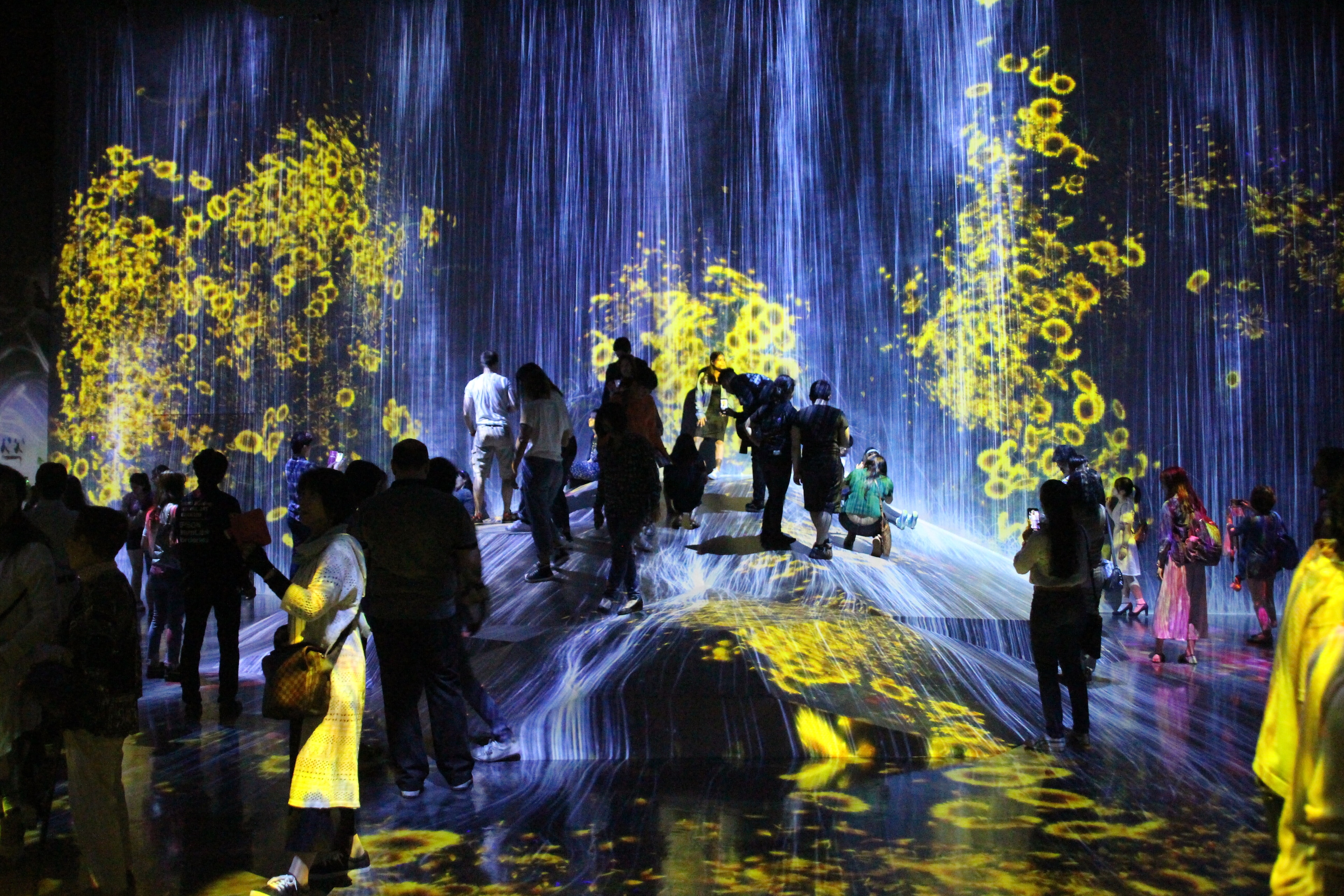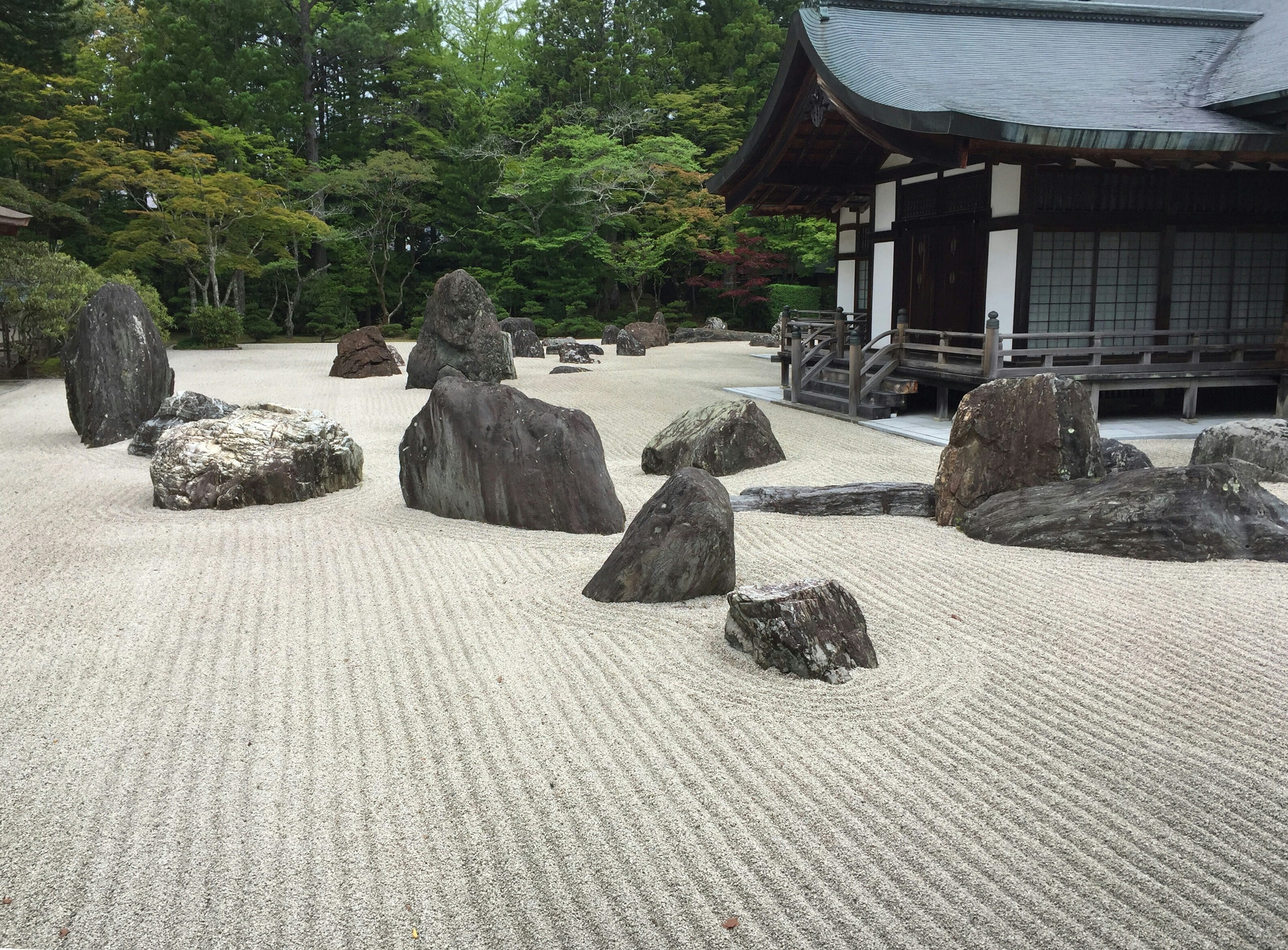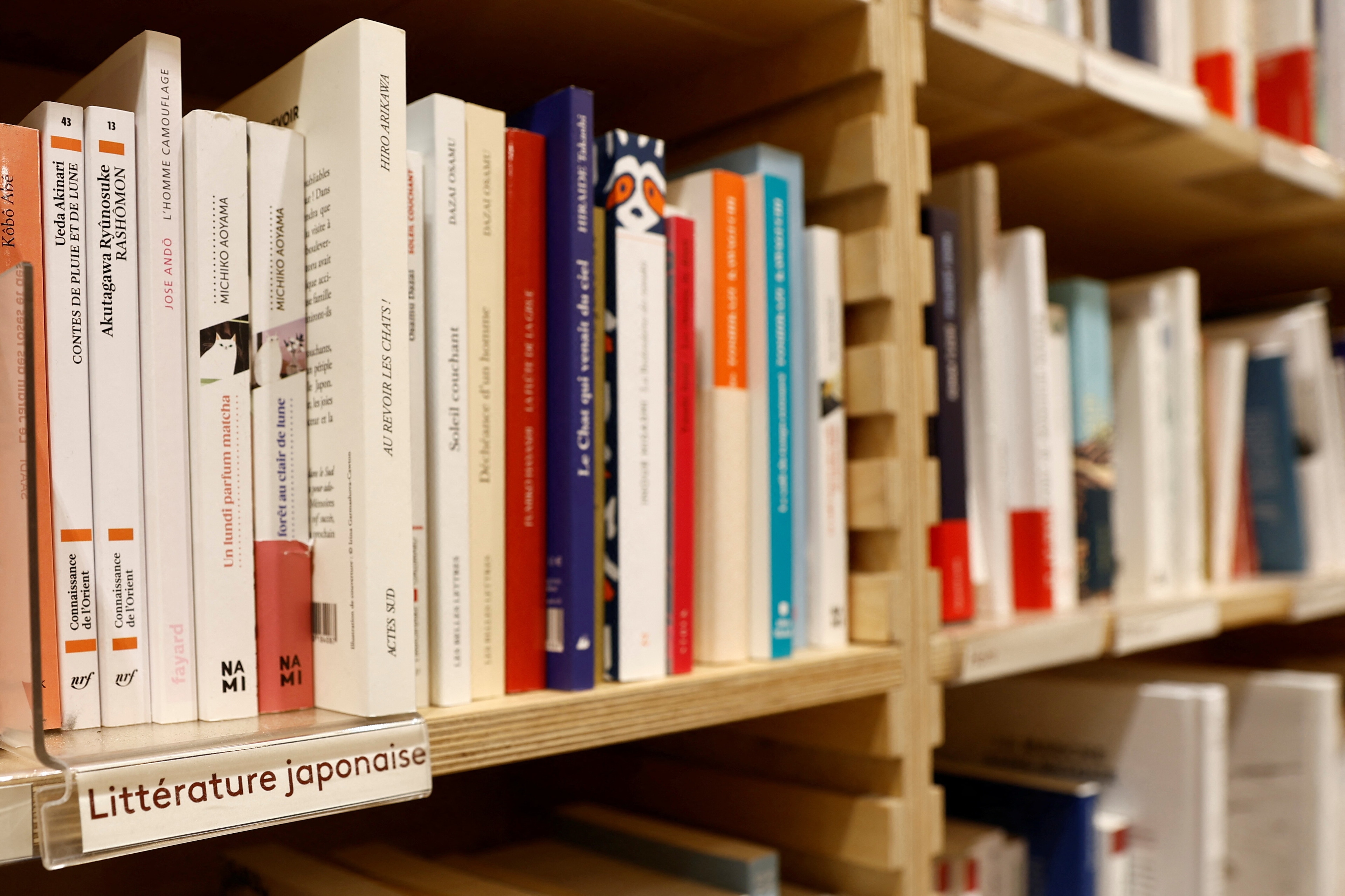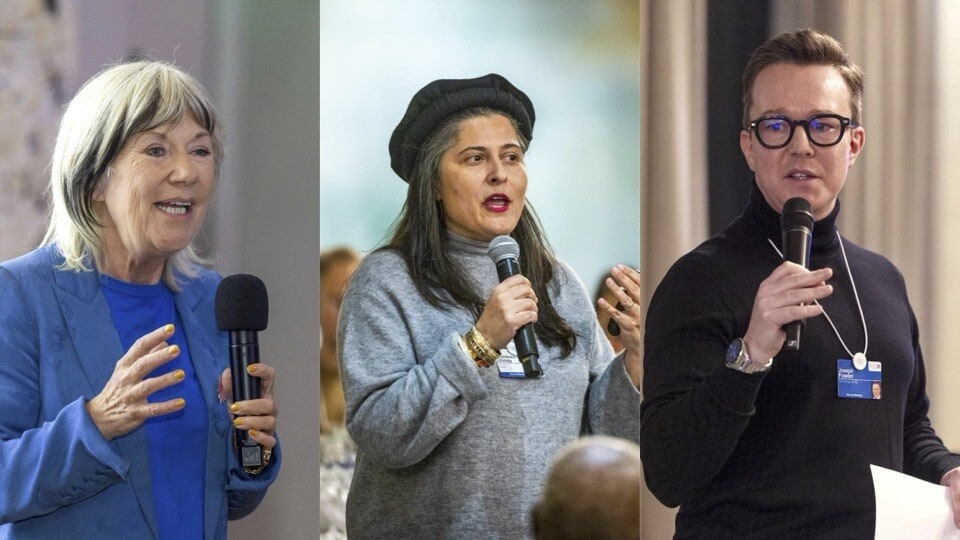Art has the power to change the world, says this renowned Iranian muralist

Mehdi Ghadyanloo's mural on display at this year's World Economic Forum Annual Meeting Image: Mehdi Ghadyanloo
Mehdi was born and raised in Iran. Coming from a farming family, he was by all expectations supposed to be a shepherd. However, going to University in Tehran to study fine art and film changed this path. Today he is a world-renowned muralist and the artist chosen to present his large-scale artwork at the World Economic Forum Annual Meeting 2019 in Davos.
Here we discuss his work for the Congress Centre, the role of the artist in society and how art can be a catalyst for change in today’s fast-moving world.
Do you think artists have a duty to society?
Most definitely. I feel our duty is double that of an average citizen because we have the ability to grab people’s attention and point it towards specific objectives. We have the skill to magnify problems, incite feelings (both negative and positive) and really make a point. This puts us in a privileged position, but it also comes with responsibility. Propaganda is messaging created by artists, after all.
What is art for?
The role of art has changed. Artists no longer just make art in the pursuit of beauty or to assist those in positions of power, such as monarchs or the Church. Today art is very much mixed with activism. For me, art is a reaction to what goes on around us and is there to reflect what is happening in the world. For example, we have seen many artists recently focus on the migration crisis, bringing specific attention to this issue. Already during the Vietnam war, the work of photographers was instrumental in raising awareness and galvanising the movements needed to bring the war to an end.
An artwork the size of yours has never been presented at Davos. It will be seen by many important influencers and politicians. How has this influenced the work you will show?
I have never produced work for this kind of audience. Usually my work is shown in public places, intended to be viewed by everyday individuals. Thinking about the audience made me feel a heavy burden of responsibility. I felt challenged to produce work with a lasting effect. Work of this type and scale is hard to miss. It leaves an impression on people – whether they like it or not. I knew narrative art would not work in this context, so I rather focused on creating a thought-provoking atmosphere that will hopefully affect the context in which discussions take place in Davos.
Some of the people that may see your work at Davos may look at your home country primarily through a geopolitical lens. How does that make you feel?
Generally, I am an artist that strives to go beyond my own geography and this work is no exception. I have thus far managed to reach out to different people with different nationalities in part by distancing myself from country-specific icons and visuals. I try very hard to use visuals that are globally recognisable. For example, balloons are used in celebrations throughout the world. I very deliberately attempted to connect with my audience through a universal language rooted in “feeling”, and that is something common to us all.
What do you hope to achieve with your art at Davos?
I feel that currently the health of planet earth and climate change are at the forefront of all our minds. For example, water scarcity is a real issue here in Iran. While some still say that this has not been caused by humans, I feel we are all responsible for the fate of our planet. Be it those in positions of power or simple individuals, we are all interconnected. For me, the future of our children is a central concern, and I hope it will be also for those who see my work at the Davos meeting.
Recently you became a father for the second time. How does fatherhood affect your work?
I feel a great responsibility towards my children and towards all the other little ones on this planet. Parenthood makes one a more responsible, interconnected person with a sharper sense of urgency for the duty we have to ensure our collective future. My first-born is a girl and having her showed me the real gender divide that exists in our world today. I learned to appreciate the importance of feminist movements and the regrettable endurance of “glass ceilings”. That is why I have chosen a female figure to be the centre of my work for the Congress Centre. The closed doors in my work are not accidental. I feel there is really still a long way to go. Nonetheless, the piece has an atmosphere and message of hope.
Can art change the world?
As I already mentioned, artists possess a powerful tool. We have a unique and special vantage point - that of an outsider. Documentary makers, painters, photographers and performers can all present an “outsider” point of view. This change of perspectives is a catalyst for change and that’s what I try to achieve with my murals.
Mehdi Ghadyanloo was interviewed by Mahsa Shamsaei, founder of youngpersianartists.com, an online community dedicated to young contemporary artists from Iran. Further background on Mehdi’s work: Facelifting Tehran, One Wall at a Time
Don't miss any update on this topic
Create a free account and access your personalized content collection with our latest publications and analyses.
License and Republishing
World Economic Forum articles may be republished in accordance with the Creative Commons Attribution-NonCommercial-NoDerivatives 4.0 International Public License, and in accordance with our Terms of Use.
The views expressed in this article are those of the author alone and not the World Economic Forum.
Stay up to date:
Iran
Forum Stories newsletter
Bringing you weekly curated insights and analysis on the global issues that matter.
More on Arts and CultureSee all
Elena Raevskikh and Giovanna Di Mauro
October 22, 2025






